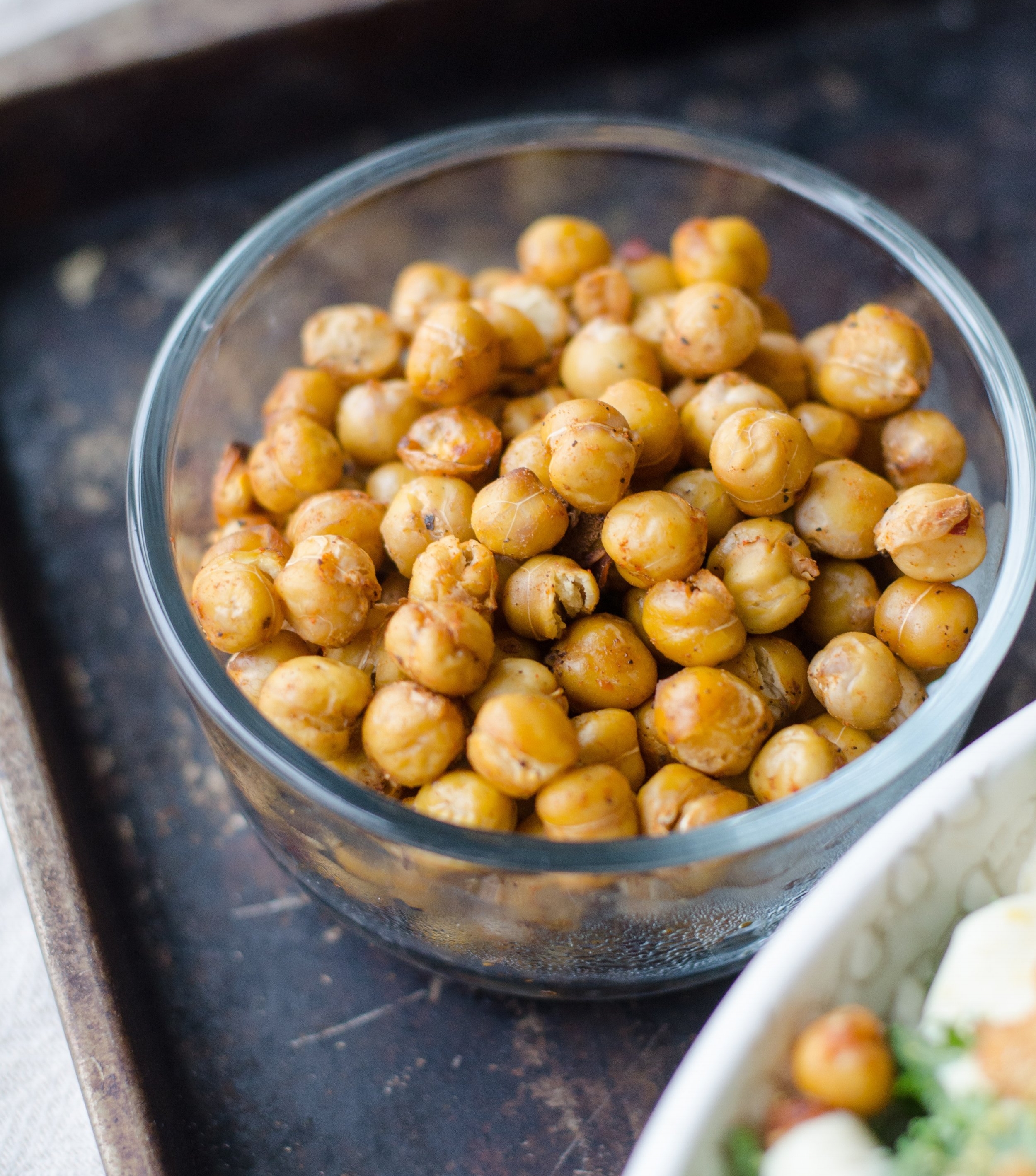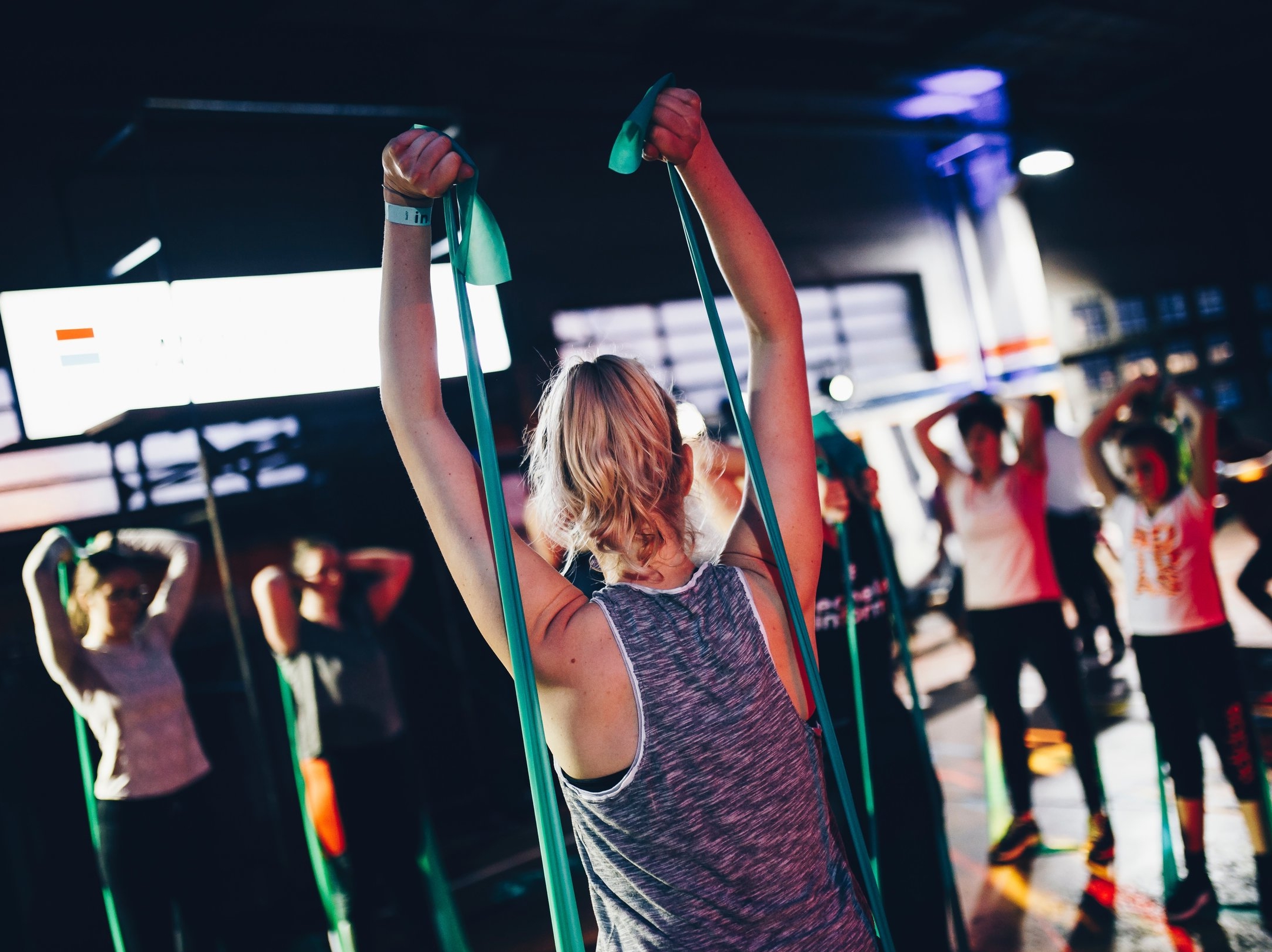The Sun Protection Factor [SPF] number tells you how long the sun’s UV radiation would take to redden your skin when using the product exactly as directed versus the amount of time without any sunscreen.
Whether the sky above is a bright blue or steely gray, the sun’s rays are raining down billions of photon particles per second on us. Those kaleidoscopic rays contain ultraviolet (UV) radiation, the source of sunburn, premature skin aging and skin cancer.
SPF is a number that indicates how well a sunscreen shields unprotected skin from damage caused by a particular type of UV radiation: the UVB rays.
SPF 15 blocks 93% of UVB rays
SPF 30 blocks 97% of UVB rays
SPF 50 blocks 98% of UVB rays
SPF 100 blocks 99% of UVB rays
Studies show that products with very high SPFs often create a false sense of security.
People who use them tend to stay out in the sun much longer. They may skip reapplying. And they may think they don’t need to seek shade, wear a hat or cover up with clothing no matter the activity. They end up getting a lot more UV damage, which, of course, defeats the purpose.





Almost everyone uses too little and almost no one puts it on correctly.
We recommend the application tips below from REI.com on how to use sunscreen the right way.
Share these tips with your family and friends:
Far more important than the sunscreen you choose is the way you apply it. An SPF 50 sunscreen applied haphazardly provides much less protection than an SPF 30 (or SPF 15) sunscreen applied conscientiously.
Apply 15 minutes before sun exposure. This is true of all sunscreens.
Use massively more sunscreen than you think you should. A rule of thumb for a person wearing shorts and a T-shirt is to use at least an ounce (visualize a full shotglass), and make sure you cover every square inch of exposed skin. The Skin Cancer Foundation recommendations to use a water-resistant, broad-spectrum sunscreen with an SPF of 30 or higher for any extended outdoor activity.
Reapply at least every two hours. True for all sunscreens, this is another guideline that many people are lax in following.
Happy Summer from all of us at P/oP
Photo credit: sai-kiran-anagani-209542-unsplash.jpg





















